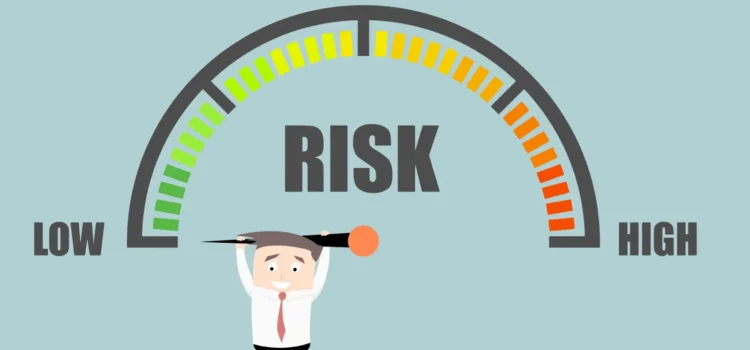
Every organization operates in a landscape filled with uncertainties, where effective risk management is crucial for protecting assets, building trust, and ensuring resilience. Risks can arise from various domains, including operational inefficiencies, cybersecurity threats, or market volatility. This article delves into key steps and techniques to develop robust risk management strategies, providing a pathway to enhanced operational stability and long-term success.
What Are Risk Management Strategies, and Why Are They Important?
Risk management strategies comprise the structured methodologies, actions, and processes used to identify, evaluate, and mitigate risks. These strategies aim to reduce the likelihood and impact of potential risks while fostering a secure and proactive organizational culture.
Key Benefits:
- Enhanced Security: Protects physical assets, intellectual property, and reputation.
- Proactive Risk Mitigation: Identifies and addresses risks before they escalate.
- Financial Stability: Reduces potential losses, penalties, or disruptions.
- Stakeholder Trust: Builds credibility with customers, clients, and investors.
- Operational Resilience: Ensures swift recovery and continuity during crises.
Who Should Develop and Own Risk Management Strategies?
Effective risk management is a collaborative effort that requires cross-functional input. Key contributors include:
- Senior Leadership: Sets the tone for a risk-aware organizational culture.
- Risk Management Teams: Experts in identifying and mitigating risks.
- IT and Cybersecurity Teams: Focus on technological and data protection risks.
- Legal and Compliance Teams: Ensure alignment with regulatory and legal requirements.
- Finance Teams: Address financial risks and monitor irregularities.
- Human Resources: Manage internal risks, including talent and compliance issues.
Steps to Develop a Risk Management Strategy
- Identify Risks
Begin by thoroughly understanding your business and its vulnerabilities. Collaborate across teams to uncover risks from various domains, including past incidents and industry-specific trends. Maintain a systematic approach to document and reassess risks periodically. - Assess Severity
Classify risks based on their likelihood, impact, and timeframe. Quantify risks using metrics to tie them to business outcomes, prioritizing those with the most significant potential impact. - Develop Mitigation Plans
Select the most appropriate mitigation approach:- Avoidance: Eliminate activities that introduce high risks.
- Acceptance: Accept low-impact risks or those inherent to operations.
- Transfer: Shift risks to external entities, such as insurers.
- Mitigation: Implement measures to reduce risk likelihood or impact.
- Monitor Controls
Continuously evaluate the effectiveness of implemented controls through audits, assessments, and feedback loops. Address gaps or weaknesses promptly to strengthen defenses. - Communicate Risks
Tailor risk communication to different audiences within the organization. Clear, concise reports and visualizations help stakeholders make informed decisions. - Continuous Improvement
Risk management is an ongoing process. Regularly update strategies to address emerging risks and align with organizational growth and industry changes.
Leveraging Technology for Risk Management
Modern Governance, Risk, and Compliance (GRC) platforms like Logic Gates Risk Cloud® provide powerful tools for enhancing risk management strategies. Features such as centralized risk registers, automated workflows, and real-time analytics streamline processes and enable data-driven decision-making.
Benefits of GRC Technology:
- Improved collaboration across teams.
- Real-time risk monitoring and reporting.
- Simplified compliance with regulatory requirements.
Enhancing Risk Management Strategies: Best Practices
- Scenario Planning: Use simulations and tabletop exercises to understand alternative risk scenarios and improve crisis response.
- SWOT Analysis: Identify internal strengths and weaknesses alongside external opportunities and threats.
- Retrospective Reviews: Learn from past incidents to refine strategies.
- Data Utilization: Leverage data-driven insights for early risk identification.
- Stress Testing: Assess the resilience of systems and processes under extreme conditions.
Conclusion
In an ever-changing business environment, robust risk management strategies are essential for organizational resilience. By systematically identifying, assessing, and addressing risks, organizations can safeguard their operations and reputation while positioning themselves for sustainable growth.
Platforms like LogicGate’s Risk Cloud® further empower businesses to elevate their risk management capabilities, ensuring they remain adaptive and secure in the face of evolving challenges.












